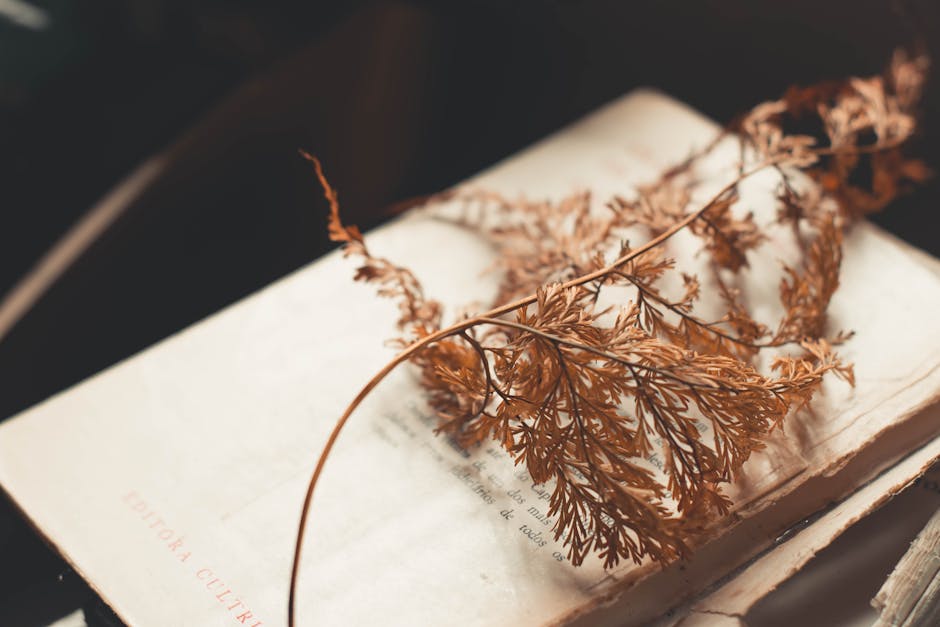
Philodendron plants have gained immense popularity among indoor plant enthusiasts for their lush foliage, resilience, and striking aesthetics. With a wide array of varieties, these plants offer something for everyone, whether you are a novice or an experienced gardener. Their ability to thrive in various environments and their relatively low maintenance requirements make them a top choice for beautifying homes and offices alike. In this article, we will explore the characteristics of Philodendron, discuss popular types, outline essential care tips, address common issues, and delve into propagation methods to help you grow your collection.
Introduction to Philodendron: Overview and Characteristics
Philodendron plants belong to the Araceae family and are native to tropical regions of the Americas. Renowned for their heart-shaped leaves and climbing or trailing growth habits, these plants can add a touch of the tropics to any space. Their leaves come in various shapes, sizes, and colors, ranging from deep greens to variegated patterns, making them an appealing choice for plant lovers. Philodendrons are also known for their air-purifying qualities, contributing to a healthier indoor environment.
Popular Types of Philodendron and Their Unique Features
There are numerous types of Philodendron, each with its unique characteristics. Some of the most popular varieties include:
- Philodendron Brasil: This variety features striking green leaves with yellow and cream variegation, making it a favorite among collectors. It has a trailing growth habit and is ideal for hanging baskets or shelves.
- Philodendron Monstera: Often referred to as the Swiss cheese plant, this type is easily recognizable by its large, split leaves. While technically a member of the Philodendron family, it often stands out due to its unique leaf structure.
- Philodendron Selloum: Known for its large, lobed leaves, this variety can grow quite tall, making it a dramatic addition to any indoor space. It thrives in bright, indirect light.
- Philodendron Xanadu: This compact variety has deeply lobed leaves and a bushy growth habit, making it perfect for smaller spaces. It also adapts well to lower light conditions.
Care Tips for Philodendron: Light, Watering, and Soil Requirements
To keep your Philodendron healthy, it is essential to understand its care requirements:
- Light: Philodendrons prefer bright, indirect light but can tolerate lower light conditions. Direct sunlight can scorch their leaves, so it's best to place them near a window with filtered light.
- Watering: These plants enjoy consistent moisture, but it's crucial to avoid overwatering. Allow the top inch of soil to dry out before watering again. In winter, reduce watering as the plant's growth slows down.
- Soil: A well-draining potting mix is ideal for Philodendron plants. A blend of potting soil, perlite, and orchid bark can provide the right balance of moisture retention and drainage.
Common Pests and Problems: How to Keep Your Philodendron Healthy
While Philodendron plants are generally resilient, they can occasionally encounter pests and problems. Common pests include spider mites, aphids, and mealybugs. Regularly inspect your plants for signs of infestation, such as webbing or sticky residue. If you notice any pests, treat them promptly with insecticidal soap or neem oil.
Yellowing leaves or wilting can indicate overwatering or poor drainage. Ensure that your pot has adequate drainage holes and adjust your watering schedule as needed. Additionally, if you notice brown leaf tips, this could be a sign of low humidity or underwatering.
Propagation Methods for Philodendron: Easy Steps to Grow Your Collection
Propagating Philodendron plants is a rewarding process that allows you to expand your collection or share with friends. The most common method is through stem cuttings:
- Choose a healthy stem with a few leaves and cut it just below a node.
- Place the cutting in a glass of water, ensuring that the node is submerged.
- Change the water every few days to keep it fresh. After a few weeks, roots should begin to develop.
- Once the roots are a few inches long, transfer the cutting to a pot with well-draining soil.
Alternatively, you can propagate Philodendron in soil by planting a cutting directly into a potting mix. Keep the soil moist until new growth appears.
Philodendron plants can be a stunning addition to your indoor garden. With proper care and attention, these plants will thrive and bring joy for years to come. If you're looking to explore various types of Philodendron, check out the offerings available at this resource to find the perfect addition to your collection.